By Jerome Baldwin
At the turn of the 20th century, Canada was dependent on Great Britain for rifles to equip her army. In 1901, however, a request by the Canadian government to purchase 15,000 Lee-Enfield Mark I rifles from Britain was denied. The British were in the process of upgrading and replacing rifles used in the Boer War, and with first priority given to arming their own troops, there were no rifles to spare at the moment for the North American commonwealth. This rankled Canadians. It was a time of growing nationalist sentiment; many felt that it was time to loosen ties with the mother country and exert more national self-sufficiency. The issue also brought an important question to light. What would Canada do for rifles and other military equipment she depended on from Great Britain, if the vital trans-Atlantic supply line was severed?
Circumstances had created an opportunity for the Liberal government of Prime Minister Sir Wilfrid Laurier to manifest Canada’s growing nationalism. Fueled by the political appeal, coupled with the practical reasons certainly present behind the endeavor, the Canadian government sought a rifle it could manufacture at home, for its own troops.
Sir Charles Ross: Inventor of the Ross Rifle
Enter Sir Charles Ross, the right man in the right place with the wrong rifle. Ross was a Scotsman, the ninth Baronet of Balmagovan, an Eton graduate who had served with Lovat’s Scouts during the Boer War and had marketed a light sporting rifle in the United States.
Coming to Canada in 1897, Ross submitted some of his .303-caliber rifles with their straight pull, back-and-forth bolt actions to Canadian Minister of Militia Sir Fredrick Borden, in early 1901. Borden was impressed not only with the Ross rifle, but also by the fact that it could be manufactured in Canada, at Ross’s factory in Quebec City. Borden’s good opinion, however, was not enough to seal the deal on an arms contract, so a five-man departmental committee was appointed “to enquire into a report upon the merits of a rifle invented and submitted by Sir Charles Ross.” One of the committee members was Sam Hughes, who was to become the Minister of Militia and National Defense at the outbreak of World War I and would figure prominently in the Ross story.
Flaws of the Ross Rifle
Tested head to head with the Lee-Enfield Mark I, the Ross did well in some of the trials but came up short in other crucial ones, such as the endurance test. Some 1,000 rounds were fired through each rifle and, while the Lee-Enfield functioned well, the Ross repeatedly jammed. After the 300th round, the heat of firing melted away the foresight, which was fastened with common solder. Ross explained that prior tests had been conducted with ammunition of American and Austrian manufacture and that “the standard called for in the manufacture of British .303 cartridges is not of the same precision and quality of material hence greater limits have to be allowed.” His dubious explanation was accepted by the committee.

Already the enterprise was off on the wrong foot. Due to Borden’s choices, the investigative committee leaned in favor of the Ross. It was obvious that no accurate appraisal of anything can result from a biased investigative body. Hughes in particular championed the rifle, and his stubborn resistance to evidence that contradicted his opinions bordered on the irrational. To the end he would insist that the Ross was superior to the Lee-Enfield, even after thousands of Canadian soldiers had simply thrown theirs away on the battlefield.
If the weapon had flaws, so did the purchase contract. Under its terms, Ross was to provide 12,000 rifles during 1903 and 10,000 every year thereafter, with a 75 percent advance on all rifles ordered for the duration of the contract, which was not stipulated. The cost of the Ross was not to exceed that of a Lee-Enfield in Britain, yet the price set was $25, compared to $18.27 the War Office paid for a Lee-Enfield. The contract also stated that materials and machinery Ross needed to import to meet the manufacturing requirements were to be exempt from import taxes. Because there was no division outlined between military and sporting rifles, Ross could get all his imports duty-free, regardless of whether they were built for government contract or not. There was no guarantee Ross would provide more rifles in the event of a national emergency, only that he would provide 10,000 annually after the initial 12,000. There was also no mention in the contract of providing a bayonet.
There were other signs of trouble with the Ross. In an 1892 report by the U.S. Chief of Ordnance, the same type of jamming and stiff operation problems were encountered. Although sharing the same caliber ammunition, the Ross and Lee-Enfield did not have interchangeable parts. British Colonial Secretary Joseph Chamberlain warned that adopting the Ross would destroy “the absolute uniformity of pattern necessary when Imperial and Colonial troops fight side by side.” A May 1902 test at Hythe, England, concluded “the inferiority of the Ross was very marked” in comparison to the Lee-Enfield. The results were passed along to Canada by the Colonial Office, which opposed adopting the Ross.
Putting the Ross Rifle Into Service
Undeterred, Borden encouraged the North West Mounted Police to adopt the Ross, which it did in 1902, only to withdraw the rifle five years later due to its defects. Attempts by Sir Charles to sell the Ross to Australia and New Zealand fell through after those countries heeded Chamberlain’s warning regarding uniformity. Attempts to sell the rifle to Great Britain and Turkey fared no better. But in Canada the deal was sealed. The results of the Hythe tests only arrived after the contract had been signed, and the government was not about to back out of it. Events were to prove that they should have done so anyway.
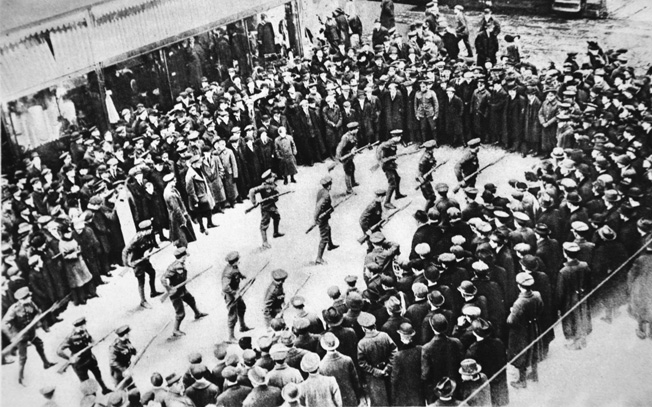
By 1907, the Conservative opposition in Parliament had begun attacking the Ross rifle policy of the Liberal government, citing a report of injuries caused by the rifle blowing up and reports from the militia that a large number of rifles they had received were useless. By the end of 1905 they had received much fewer than promised; a mere 1,861 rifles had been delivered, including those supplied to the Marine department and NWMP. With $600,000 having been advanced on the 1903 order, this translated into more than $440 per rifle.
Sam Hughes, a steadfast supporter of the Ross, was a member of the Conservative opposition and a useful ally for Borden in blunting the mounting attacks on the Ross. Amid strong condemnation of the Ross by his colleagues, Hughes went on proclaiming that the rifle was “the most perfect and complete in the world.” Appointed chairman of Canada’s first Standing Small Arms Committee, Hughes made it a priority to ensure that the Ross remained in service.
The Ross’s superb accuracy made it an excellent target rifle. Its straight-pull bolt action gave it a faster rate of fire than the Lee-Enfield’s traditional turn-and-pull action, and it was originally lighter and shorter than the Lee-Enfield as well. It performed well during the Bisley target shooting competition, and sport shooters praised the rifle’s performance, but the competition was held under relatively clean and controlled conditions compared with the grueling reality of trench warfare soon to come.
“To Hell With the Gun, I’ll Take a Club”
By the time World War I began in 1914, numerous modifications had made the Ross Mark III eight inches longer and more than a pound heavier than the Lee-Enfield. When used in training in Quebec, one observer noted that the Ross “seemed to misfire too frequently for rifles that were going to be asked to stop the German rushes.” He also noted that “the bayonet had an unfortunate habit of jumping off the rifle when firing was carried on with fixed bayonets.” In his opinion, the Ross’s rating as a combat rifle was summed up by a soldier who after several attempts to keep the bayonet on said in disgust, “To hell with the gun, I’ll take a club.”
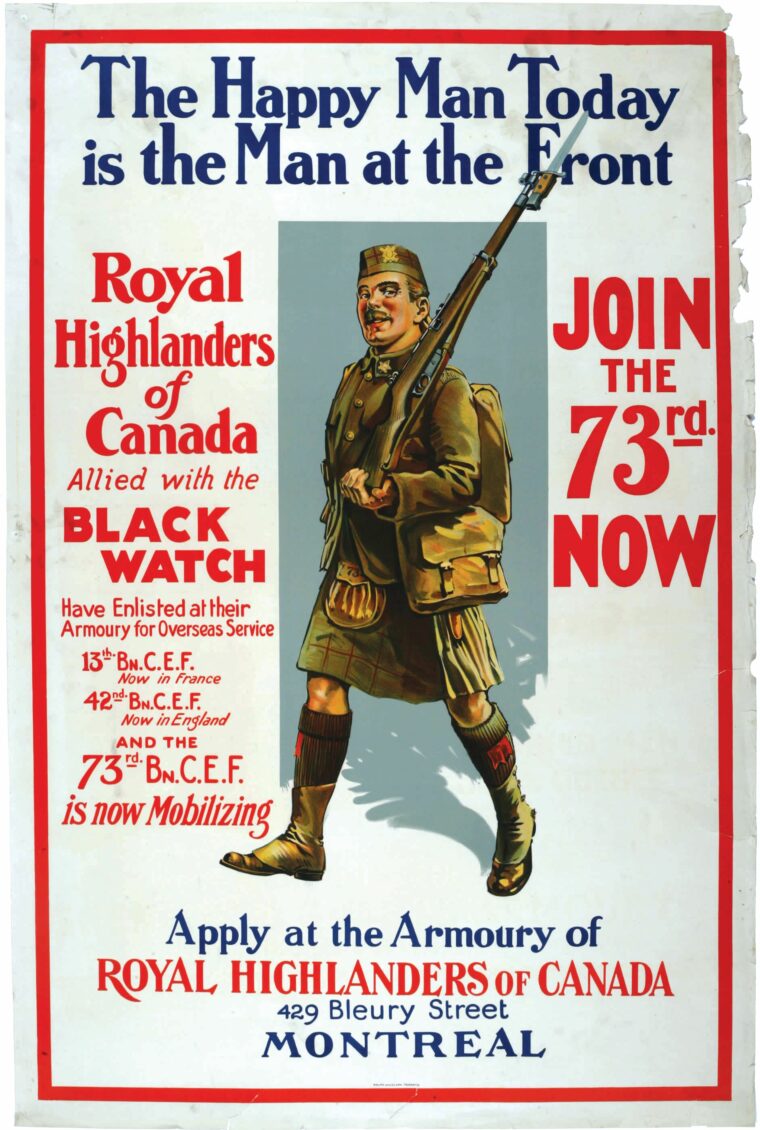
Hughes, now Minister of Militia and Defense under the Conservative government of Prime Minister Borden, stated that the men leaving Quebec for the war had been trained to use the Ross “as no man had ever handled [a rifle] before.” Nevertheless, complaints continued during training on Salisbury Plain in England, coming to a head when the First Canadian Division went into the line at Neuvelle Chapelle, France, in 1915.
The final verdict on the Ross was rendered in the vile ooze of mud, filth, and rotting corpses that characterized trench warfare during the Great War. From the first day of fighting, the frequent jamming of the Ross forced soldiers to strike the bolts with entrenching tools or boot heels to clear them. The problem was attributed to the British ammunition being used, which was slightly larger than Canadian- manufactured rounds, but a significant factor was faulty manufacturing that resulted in deformed firing chambers. Long and unwieldy, the Ross was also not well suited for use in narrow trenches. Soon, British Small Magazine Lee-Enfield rifles began appearing in the Canadian ranks, causing First Division commander Lt. Gen. E.A.H. Alderson to issue an order that his men were not permitted to be in possession of SMLE rifles. It was an order largely ignored.
If earlier investigations had repeatedly given the rifle a pass and rendered a skewed verdict, the Canadian soldiers in the trenches did not. In April 1915, after the bloody fight at the Second Battle of Ypres, Belgium, which also saw the first gas attacks of the war, 1,452 of the 5,000 surviving Canadian soldiers threw away their Ross rifles and picked up Lee-Enfields from British casualties. The verdict of the fighting soldier had been delivered. With confidence in the rifle badly damaged, British Commander in Chief Sir John French issued orders rearming the First Canadian Division with the SMLE.
Not all the reports from the line were negative; the superb accuracy and faster loading capability of the Ross made it an excellent sniper’s rifle, as Sergeant William Carey, one of Canada’s top snipers, discovered one morning at St. Eloi. He and a German sniper spotted each other at the same time and both fired, each missing the other. But the bolt action of the Ross gave Carey the edge; he was able to reload and fire faster than the German, and his next shot was lethal. Although it would be replaced as the standard issue service rifle, the Ross would remain a valuable sniper’s weapon.
The Politics of the Ross Rifle
The Ross rifles issued to the Second Canadian Division before it deployed to France in September 1915 had some improvements such as resizing the chambers, but the results when they engaged the Germans in October were the same as those of the First Division. The Ross rifle was simply not designed to contend with such conditions.
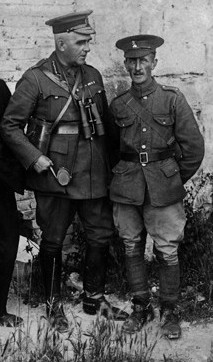
Hughes’s own son, Lt. Col. Garnet Hughes, stated that “the Ross is not a perfect mechanism,” and Third Division commander Brig. Gen. M.S. Mercer warned, “To longer withhold the issue of the Lee-Enfield rifle and compel the men of this division to use the Ross rifle would be criminal in the extreme.” Hughes refused to budge. He maintained that the Ross was “the most perfect military rifle in every sense in the world today,” denouncing anyone who criticized it. He insisted the problems were caused by faulty ammunition and declared, “I will swallow any Lee-Enfield that does not jam when I fire it.” In a mind-boggling display of delusion, Hughes even stated in Parliament that the Ross was so popular that “the Canadian soldier has to sleep on it or the British soldier would steal it from under him.”
Hughes bristled when First Division commander Alderson tried to replace shoddy equipment during training on Salisbury Plain and issued a questionnaire to his officers for feedback on the performance of the Ross. After the Second Battle of Ypres, Alderson eventually recanted his order that prohibited any man from throwing away his Ross and picking up a Lee-Enfield, writing in a report to Canadian Chief of the General Staff Maj. Gen. W.G. Gwatkin that “the experience of the battle showed that the Ross jammed so badly that I was obliged to let this order die a natural death.”
The issue of Lee-Enfield rifles to the First Division caused Hughes to explode, calling Alderson’s concerns over the Ross rifle “absolutely absurd and ridiculous.” Alderson eventually became commander of the entire Canadian Corps, but Hughes had not forgotten his opposition to the Ross. He conspired to get Alderson fired and finally succeeded in the spring of 1916, when the general was accused of being “incapable of holding the Canadian divisions together.” But everyone knew the real reason Alderson was sacked. His opposition to the Ross rifle had cost him his job.
The End of the Ross Rifle and Sam Hugh’s Career
By the following summer, time was nearly up for Hughes and the Ross he so staunchly defended. General Sir Douglas Haig, the new British C-in-C in the field, ordered the Ross rifles in use by the Second and Third Canadian Divisions to be replaced by the Lee-Enfield, with the acquiescence of the British and Canadian authorities. Haig wrote to the War Office: “I have satisfied myself, after extensive enquiries carried out throughout the Canadian Corps, that as a Service Rifle, the Ross is less trustworthy that the Lee-Enfield, and that the majority of the men armed with the Ross rifle have not the confidence in it that is so essential they should possess.”
Hughes did not last much longer than the rifle. Borden, whose face would end up on the Canadian $100 bill, fired him at the end of 1916. Hughes, who was in London, had crossed the line one too many times, defying the prime minister’s orders and accusing him of being a liar. After managing to hold onto his job for half the war, Hughes was finally gone.
Any political or economic appeal to the stubborn intransigence of a megalomaniac defense minister should never have stood against the opinions of those who mattered most—the soldiers themselves. The only truly accurate verdict on any equipment taken into battle comes from those whose very lives depend on it. They always deserve the last word. Ignoring what they have to say, quite simply, costs lives. n
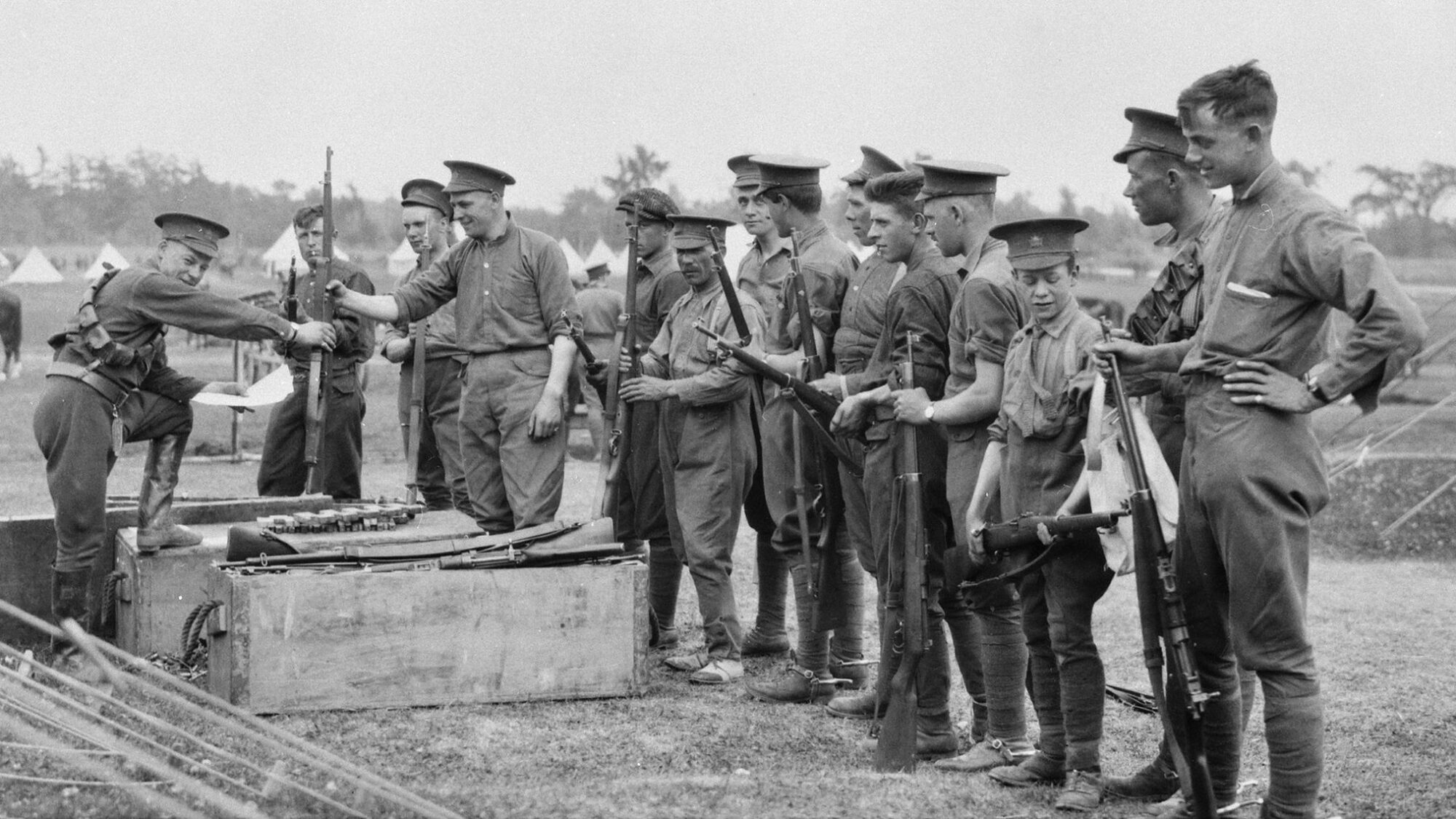
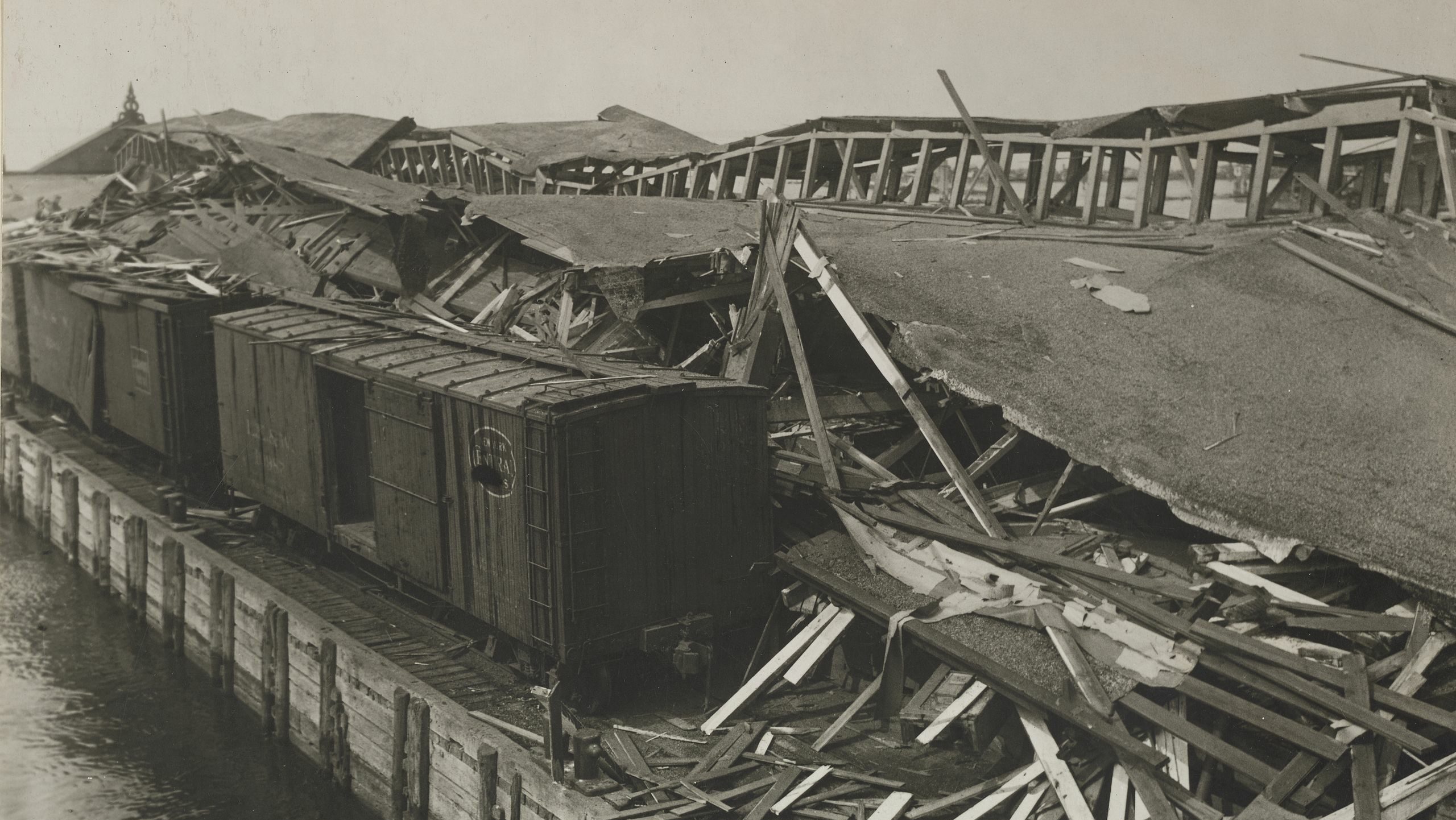
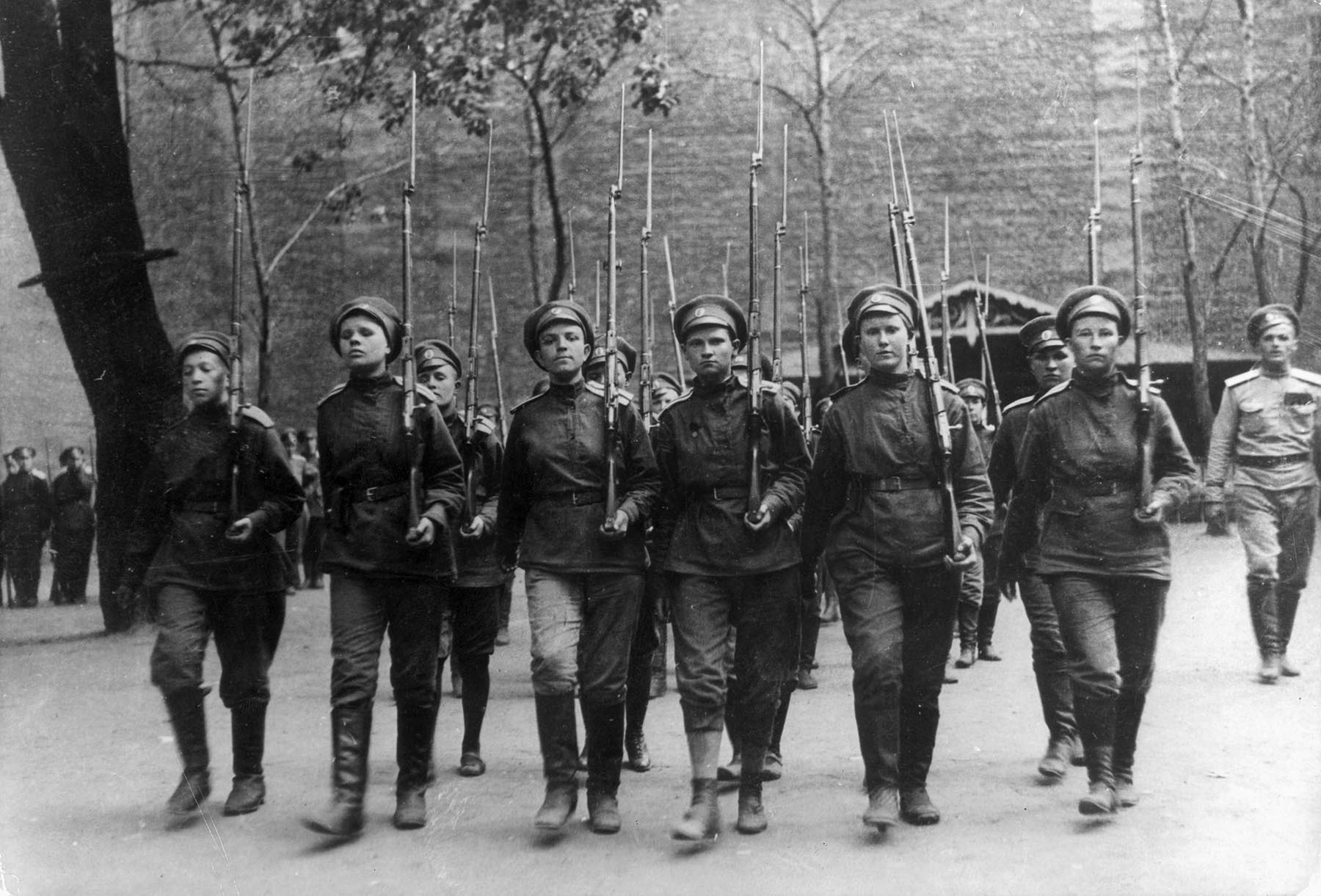
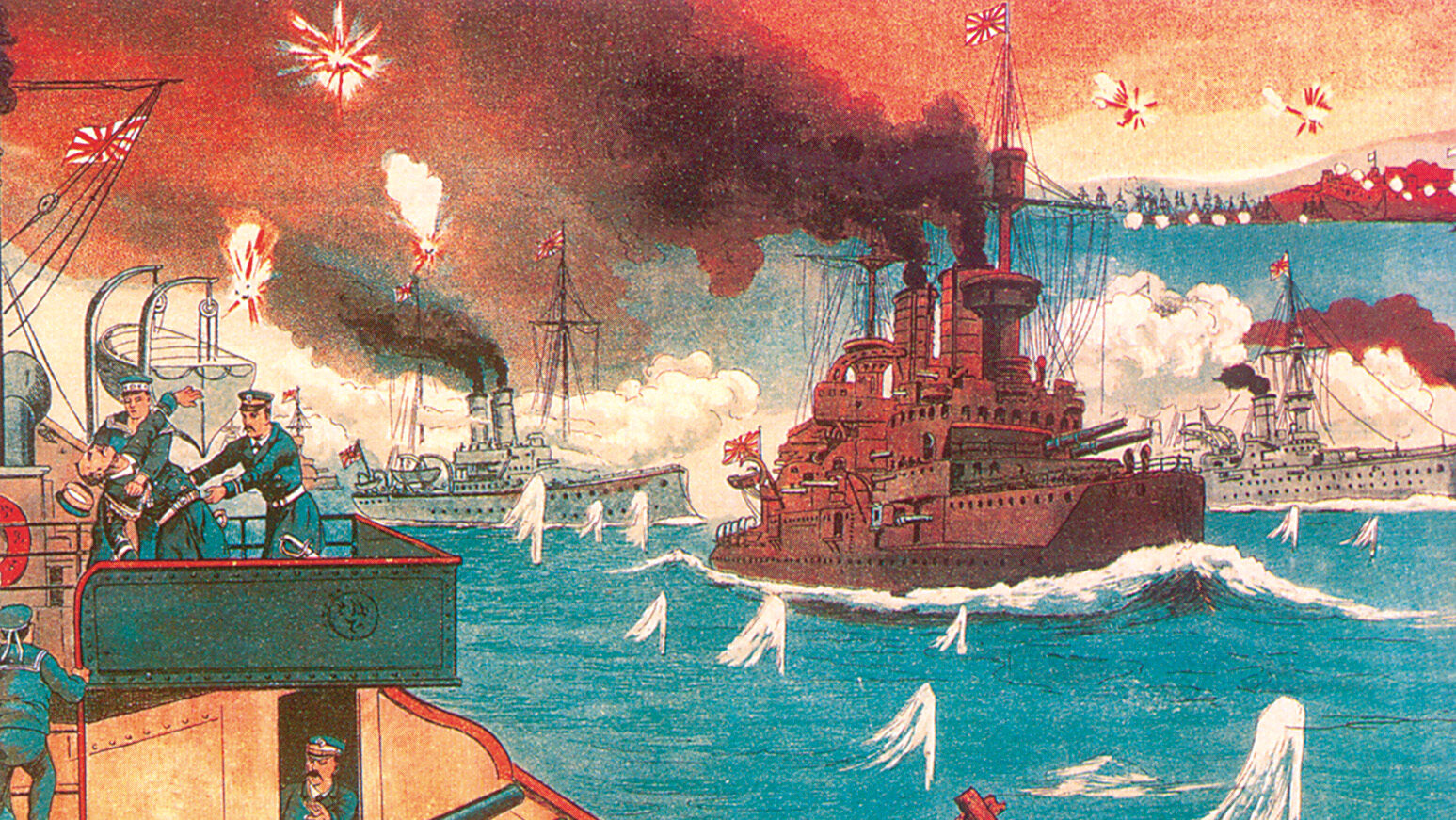
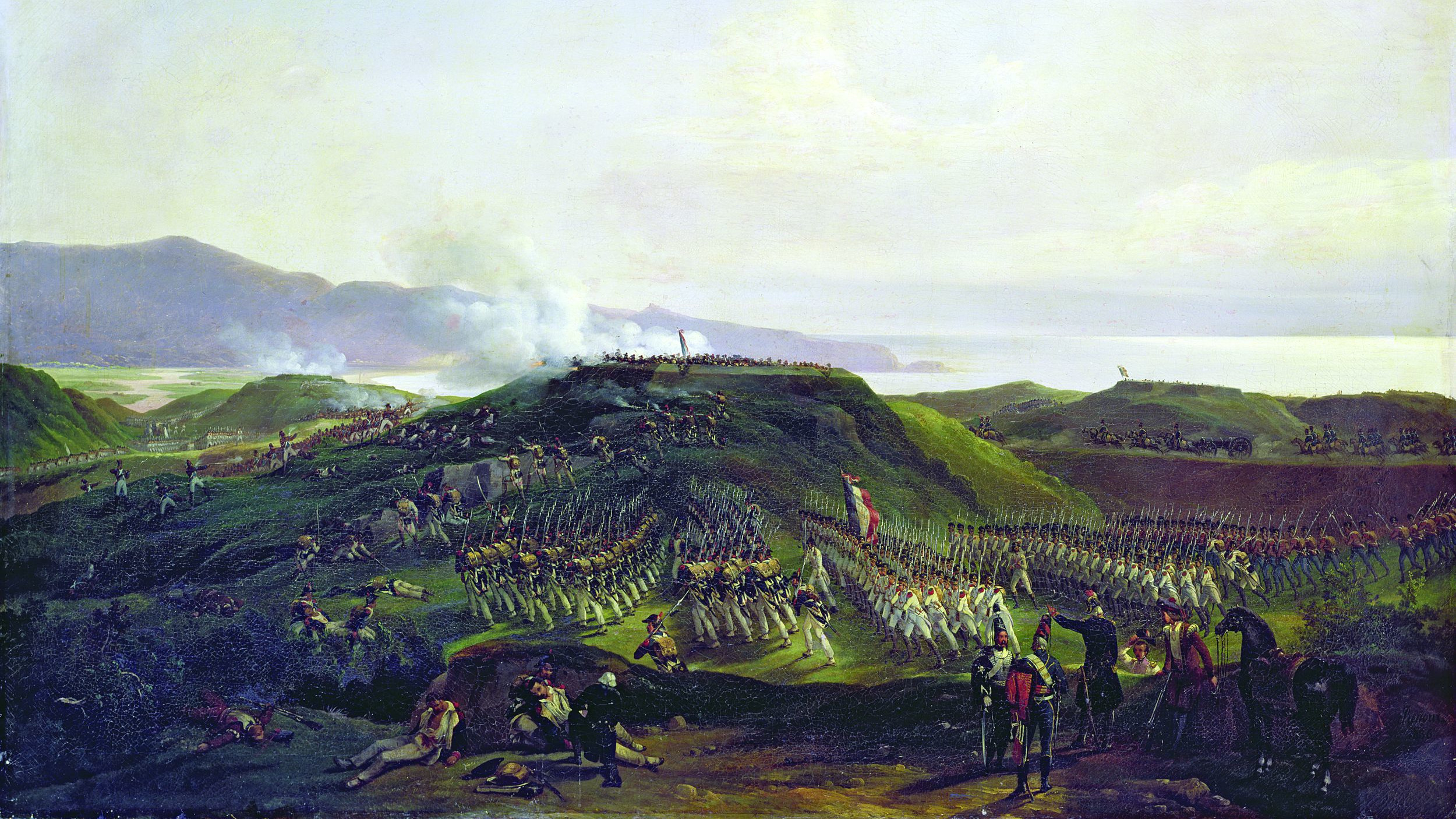
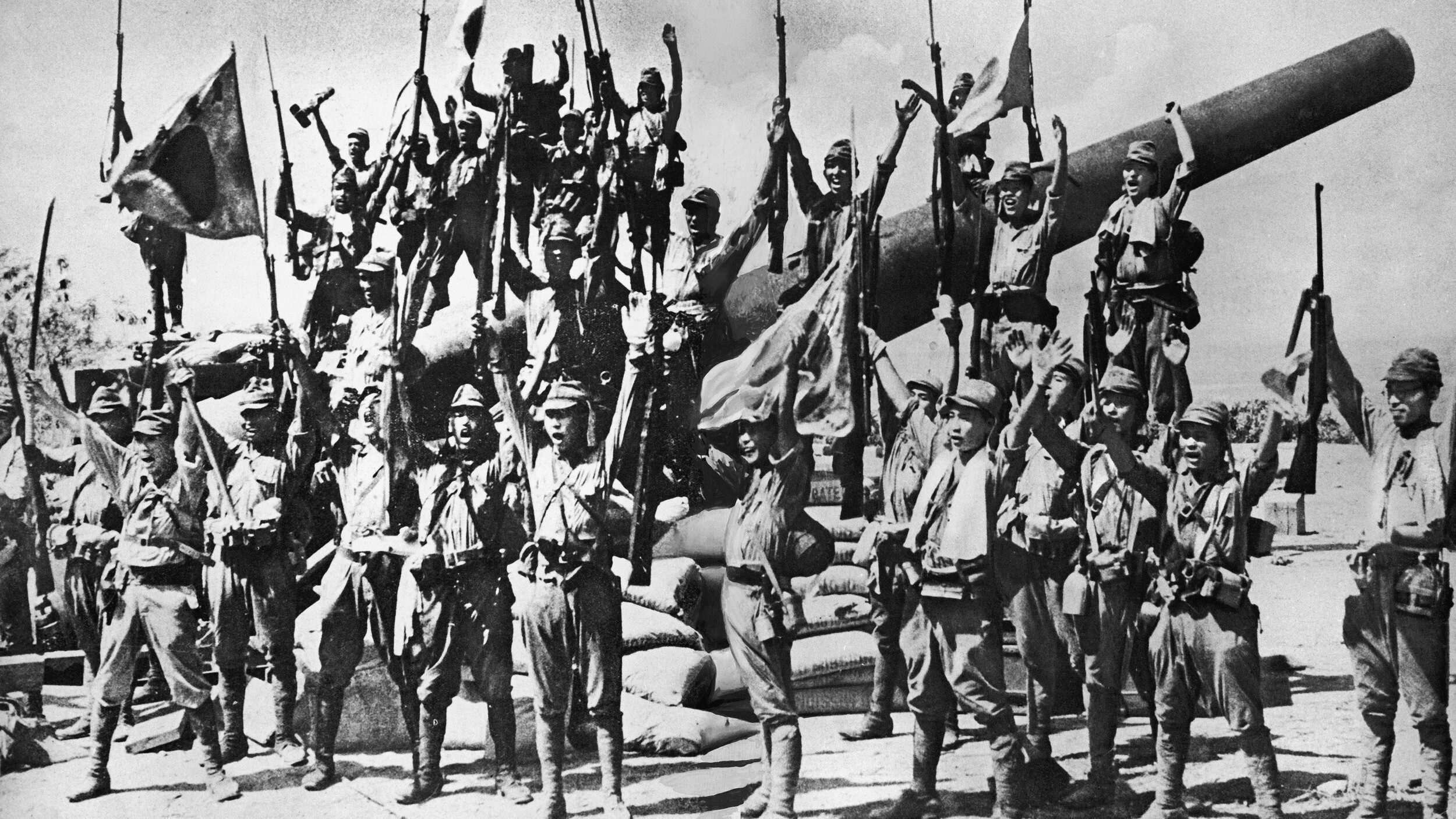
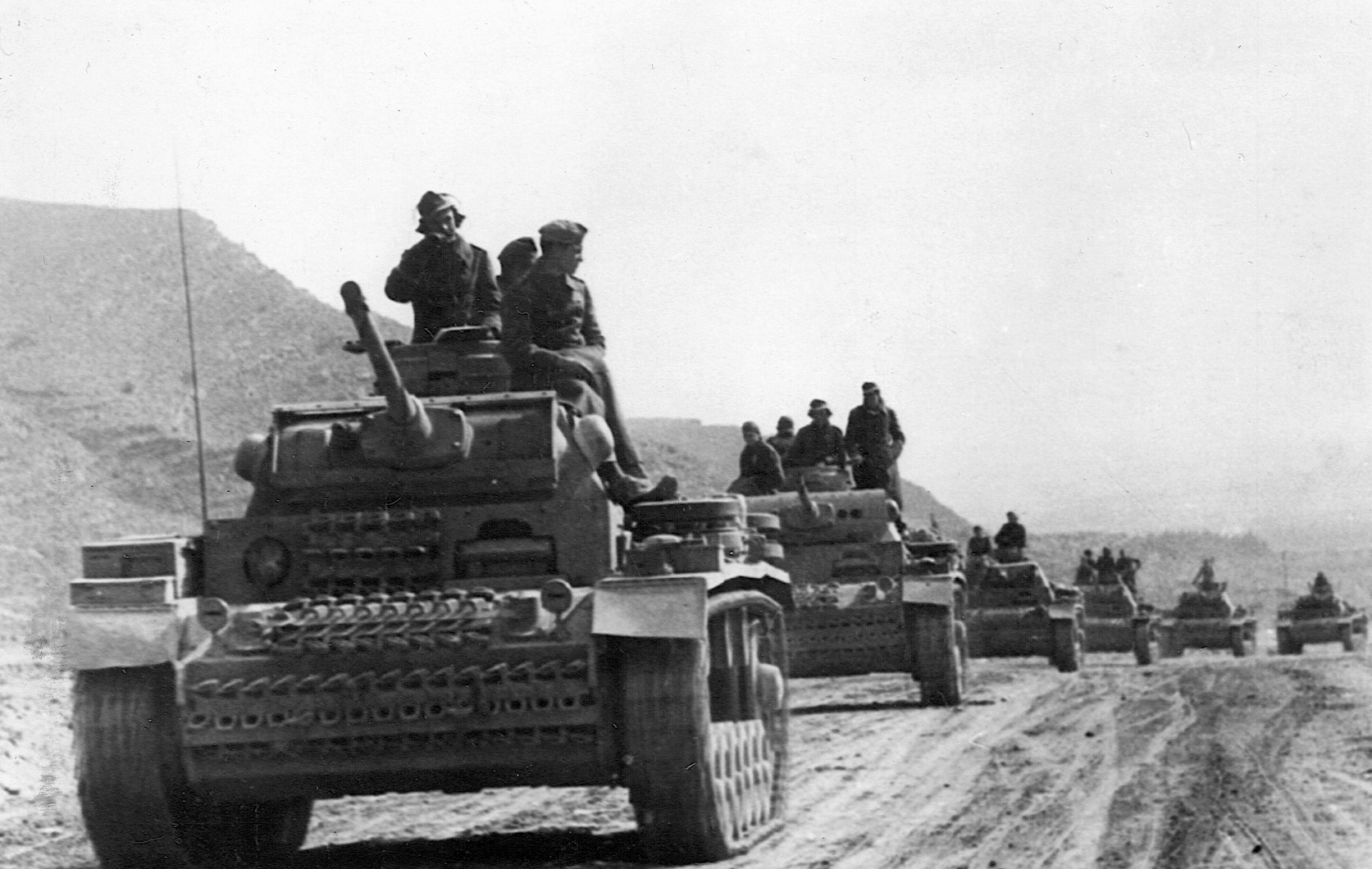
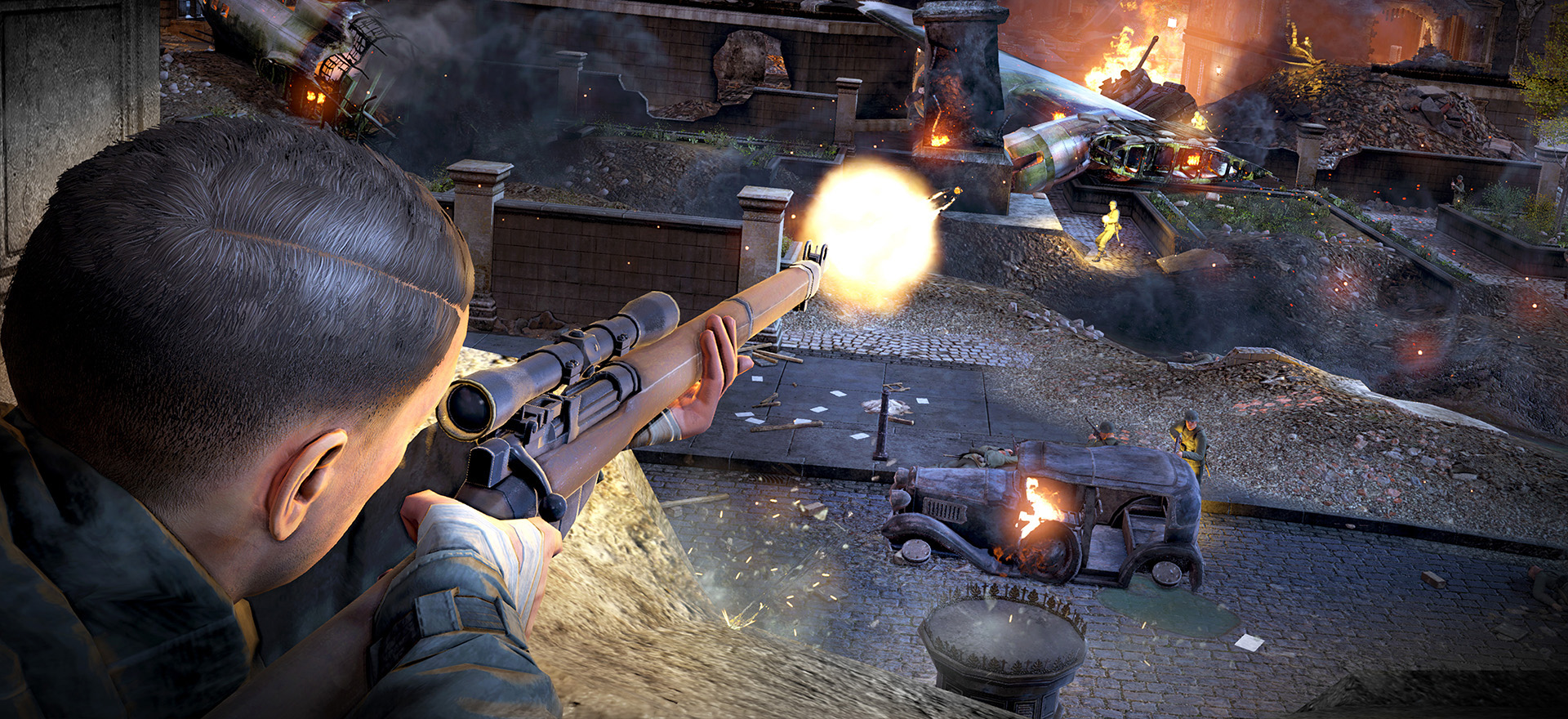
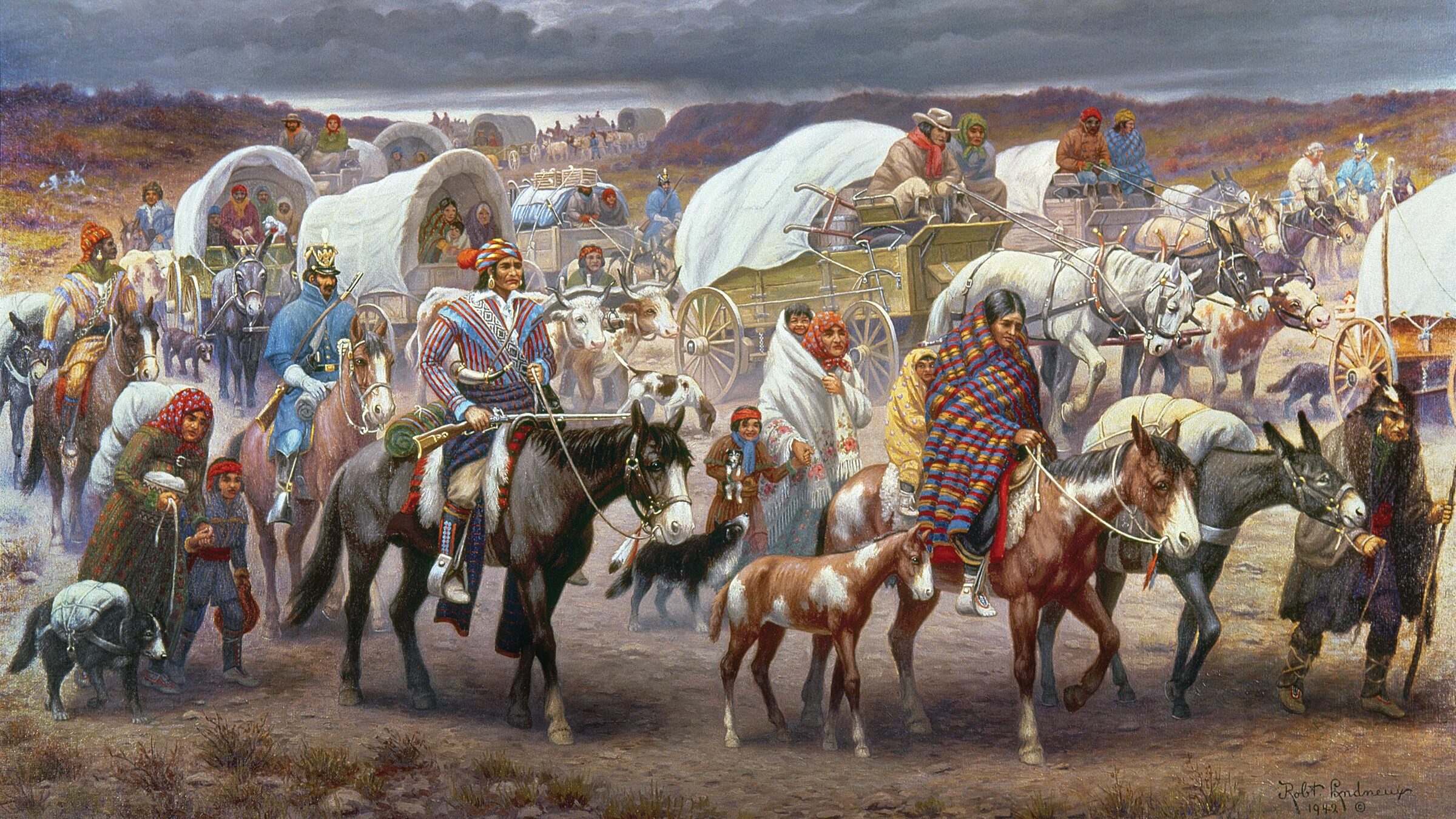
Sounds like the M 16 in Vietnam.
Same politics as the M16. Just about tossed my M16 after the third jamb in as many mags.
While not mentioned in the article, another feature of the Ross rifle is that the bolt can be assembled in two different configurations. The rifle can be operated and fired with the bolt in either configuration but the incorrect configuration will not rotate the locking lugs into position when the bolt chambers a new round. When fired in this manner the bolt is immediately blown backward and the bolt stop is a very flimsy affair and not very strong so the result is reported to be not very pretty.
Many years ago the Gun Digest annual did an article on the Ross. Among its many problem, the bolt head had multiple smaller locking lugs. Keeping the chamber clean must have been worse yet. A rifle totally unsuited for muddy trench warfare. The commercial Ross had a number of proprietary cartridges. The 280 Ross supposedly generated velocities very similar to the 280 Ackley improved but performance was hampered by the era’s poorer bullet quality.
Hmmm.
“the most perfect military rifle in every sense in the world today,”
Any time you hear a politician utter THAT level of deranged hyperbole, it’s time to follow the money. How much was Hughes getting paid for the corrupt sweetheart deal with Ross—which would have stunk if the description had been accurate?
As it was hardly accurate, they should have looked for the bribes and locked the SoB up.
Some versions of the Ross performed better than others. However, there were so many faults that [acording to Ian Hogg & John Weeks’ MILITARY SMALL ARMS OF THE 20TH CENTURY (all editions), there were over eighty-five (85) recognized variants, with the assortment of Numbers (No.), Marks (Mk), *, etc. as indicators of variants. It was an elaborate scheme of obfuscation & sleight-of-hand. As far as Sam Hughes was concerned, he even tried to finagle himself an award of the Victoria Cross. The only uniform for which he was qualified was a strait-jacket. He had also designed, & sold to Canada’s DND, an entrenching tool that was to double as a bullet shield. It was a short-handled shovel, with a pair of eye-holes in the blade; the idea being to hold the blade in front of one’s face [while looking over the trench parapet or crawling across No-Man’s Land. Well, the shovel usually acquired extra holes and they didn’t function too well at digging holes…; not much of a stretch to guess that they joined discarded Ross rifles, in the same burial plot.